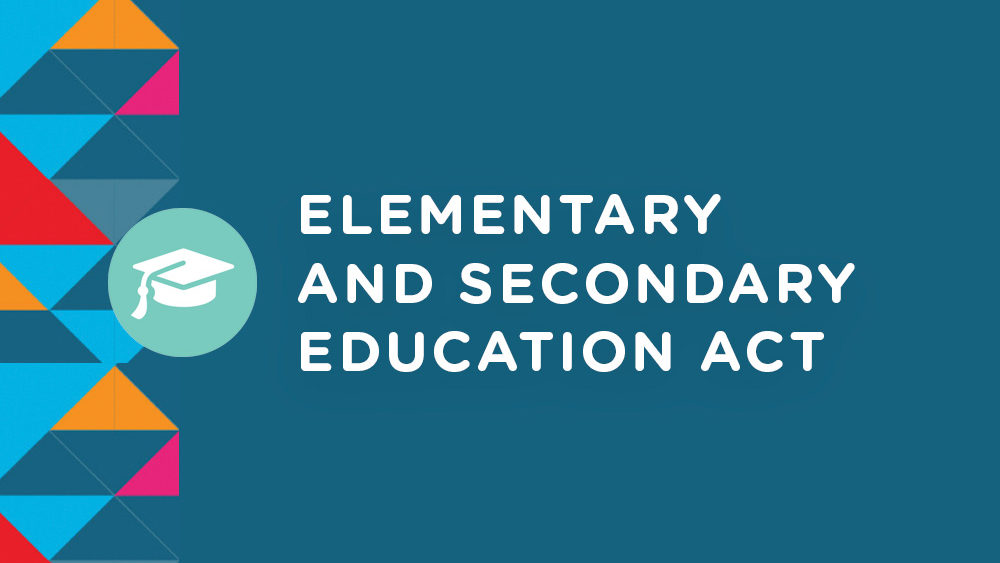by Paul O’Neill
The Center for Learner Equity was pleased this week that Congress finally put the worn-out and ultimately underachieving No Child Left Behind Act to bed. NCLB was the iteration of the Elementary and Secondary Education Act that has been in place since 2002; it has been overdue for reauthorization since 2007 and has been replaced by the Every Student Succeeds Act. We worked intently on the new law; may the ESSA be more successful in fostering high achievement and equity.
There are reasons for us to be optimistic. ESSA offers important elements impacting students with disabilities. The Center for Learner Equity advocated and helped influence the law including a provision raising the bar a bit higher to ensure high standards for special education students by limiting their participation in tests based on alternate (lower) academic achievement standards to 1% of students tested (and not just limiting the reporting of their scores on such tests, as was done under NCLB). The new law also applies this 1% cap to each subject (this was not the case under NCLB). Another piece of good news is the fact that the final version of the new law retained NCLB’s student subgroup reporting and revised requirements for school, district and state accountability – requirements that benefits several categories of students who are chronically at risk for academic failure, such as those with disabilities, by calling attention to their performance and needs. The Center for Learner Equity also worked directly on the law’s improved charter program which now requires that states applying for innovation funds include in their plan how they will recruit, admit and retain students with disabilities along with all other students among several other prerequisites.
There are also reasons for concern. ESSA allows states new flexibilities that could be used to water-down accountability in a variety of ways. For example, although it retains NCLB’s requirement that all public schools conduct mandatory annual reading and math assessments for students in grades 3-8, ESSA gives states much greater abilities to establish their own interpretation of how good is good enough, and which schools should be called out as deficient and required to improve. The new law also imposes a new restriction on the portability for Title I funds, which could mean that failing schools that lose students to charter schools are able to retain federal dollars linked to those departed kids.
States have until August 2016 to conduct business under current law. The 2016-2017 school year is a transition year and the ESSA requirements kick in beginning with the 2017-2018 school year. As states begin to develop their plans and new regulations ensue, The Center for Learner Equity will roll up our sleeves and press for positive practices as ESSA takes root.

Comments are closed.